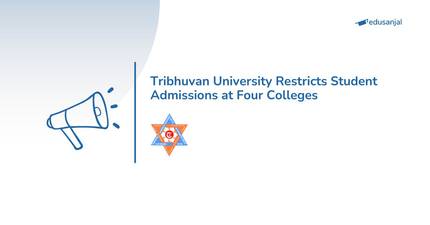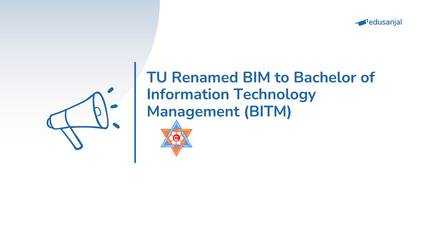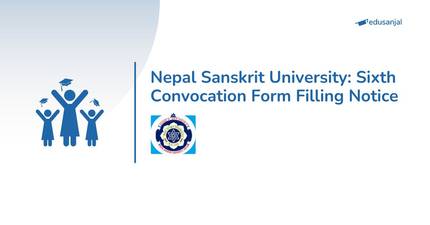Once again, Janaki Medical College in Janakpur in southeast Nepal is in the news. It’s a repeat of the same old problem in a different verse. The deteriorating financial condition and unstable management have jeopardised the future of almost five hundred students studying here. I am a student of Janaki Medical College, and I am not proud to be associated with this institution.
Years went by in the hope that things would turn for the better. I forced myself to believe in the bogus assurances by the college because I didn’t want to graduate with a certificate that would drive off patients. I looked at the silver linings and ignored the clouds. I defended my college when people expressed sarcasm. I quarreled with people when they said something bad about JMC.
“Come on, JMC is going through bad times. Haven’t you heard X was selected in AIIMS (All India Institute of Medical Sciences)? You must have heard Y people got scholarships to pursue their post graduate studies.” Every professional and academic achievement of a JMC student was proof that the college was worthy. But today I have simply accepted the fact that the college has duped me and other students.
Current problems
The staff haven’t been paid since the past one year. Pending salaries of the college alone amount to Rs. 12 crore (120 million rupees). Add to this the interns who haven’t been paid for six months. To put pressure on the management, the teachers stopped taking classes, and doctors stayed away from the hospital. It’s understandable. Why should anyone provide free service? Everybody needs money to earn a living.
What is ridiculous is that the management sat back as if nothing had happened. There was no serious attempt to reconcile with the staff members. This clash between the teachers and the management has resulted in classes being called off. Classes have not resumed for more than three months now. Every student suffered, but those in the fifth year suffered the most. Due to the early exam schedule, they had less time for study. Since classes weren’t held smoothly they had much theory to cover and practical skills to master. But the management turned a blind eye to these problems and left the students on their own. With little time to study, more topics to cover and no guidance at all, the students had to prepare for the toughest exam of the whole MBBS programme.
JMC's reputation for minimal lecture hours and a shortage of faculty members is well known. There was no permanent teacher in ophthalmology, which once used to be the best department. The college did provide a visiting lecturer who taught us all he could in a month. He had great teaching skills and filled our empty heads with some knowledge. But with all due respect, that was not enough. The most embarrassing part was our practical exam, during which we couldn’t identify who our external and internal teachers were. Both were new to us. But in today’s situation, even those minimum lecture hours are something to be grateful for.
Another thing contributing to the financial crisis is the directive by the Nepal Medical Council to the college not to admit any students. Citing lack of infrastructure, inadequate bed numbers and faculty members, NMC decided to cancel the enrolment of students in the MBBS programme this year.
Along with the financial loss, the JMC has added another chapter to its tarnished image - unstable management. In a period of three years, there have been three major changes in the management. The recent one is the total ownership of the college by its Chairman O.P. Pandey. In mid-December, the college was sold to one Ramshworup Sinha and Lokmani Sinha for Rs. 97.5 crores. Of this amount, one crore was paid initially.
A couple of years back, team members from three different medical colleges replaced the then management for a few months. The only constant figure in the JMC has been O.P. Pandey, his shares waxing and waning at times. There is no count of the change in the college principal, head of the examination department and other departments.
Lack of infrastructure was one of the reasons why it has not been allowed to take in any students this year. Combining the infrastructure of the city hospital, which unfortunately has been closed for the last six months, and a small hospital located at Ramdaiya, JMC doesn't even have the minimal infrastructure required.
If the city hospital were to start functioning, JMC will see a high flow of patients in some departments like pediatrics and gynecology and moderate inflow in others. Given the location and facilities that were initiated in the city hospital, patient flow shouldn't be a problem, provided it has a stable management. But there is no sign of starting the hospital.
Is the fake patient scandal true then? Shamelessly, I say yes. Yes, fake patients were admitted to the hospital during inspections and examination time. Even the inspection team and teachers knew about it.
Who is responsible for this chaos? The college management, definitely. But the Institute of Medicine (IOM), Nepal Medical Council and Ministry of Education also share considerable blame. Not just Janaki Medical College, the whole medical education system has become a game centering around money and power. Dr. Govinda KC’s (of the Institute of Medicine, Maharajgunj) repeated fast onto death protests to free the IOM of political interference and reform the medical system reflect the dire condition of the Institute of Medicine.
Similarly the NMC isn’t a lotus in the mud. The recent scandal involving the permission granted to Devdaha Medical College to take in 40 students by the Nepal Medical Council without adequate infrastructure is just one example. The Commission for Investigation of Abuse of Authority has lodged a case against the council. Similarly, exams for scholarships conducted by the Ministry of Education were cancelled on December 6, 2014 after two people were caught with a 10-page question paper during a raid by the CIAA. The whole system is corrupt. JMC is just an example of what happens when things are taken to the extreme.
Solution
First and foremost a stable management with adequate qualification and experience in the field is required. A genuine inspection team needs to inspect the college and submit a report. Considering the vulnerability of JMC right now, the college cannot be asked to meet each and every criterion then and there. The IOM and NMC should help it overcome the crisis. As the oldest and most experienced institution of Nepal, IOM can share its experience by organising training programmes for the management and faculty members. The chairman needs to act promptly to regain the trust of the students and staff by addressing their problems.
Any transaction should be made transparent, and corruption should be discouraged in and outside the college. It should be given ample time to change and improve. An institution should be saved if it can be saved. But if the circumstance persists as it is now, its closure will become a necessary evil.
Note: This article was originally published in the Rising Nepal by Uttara Gautam












